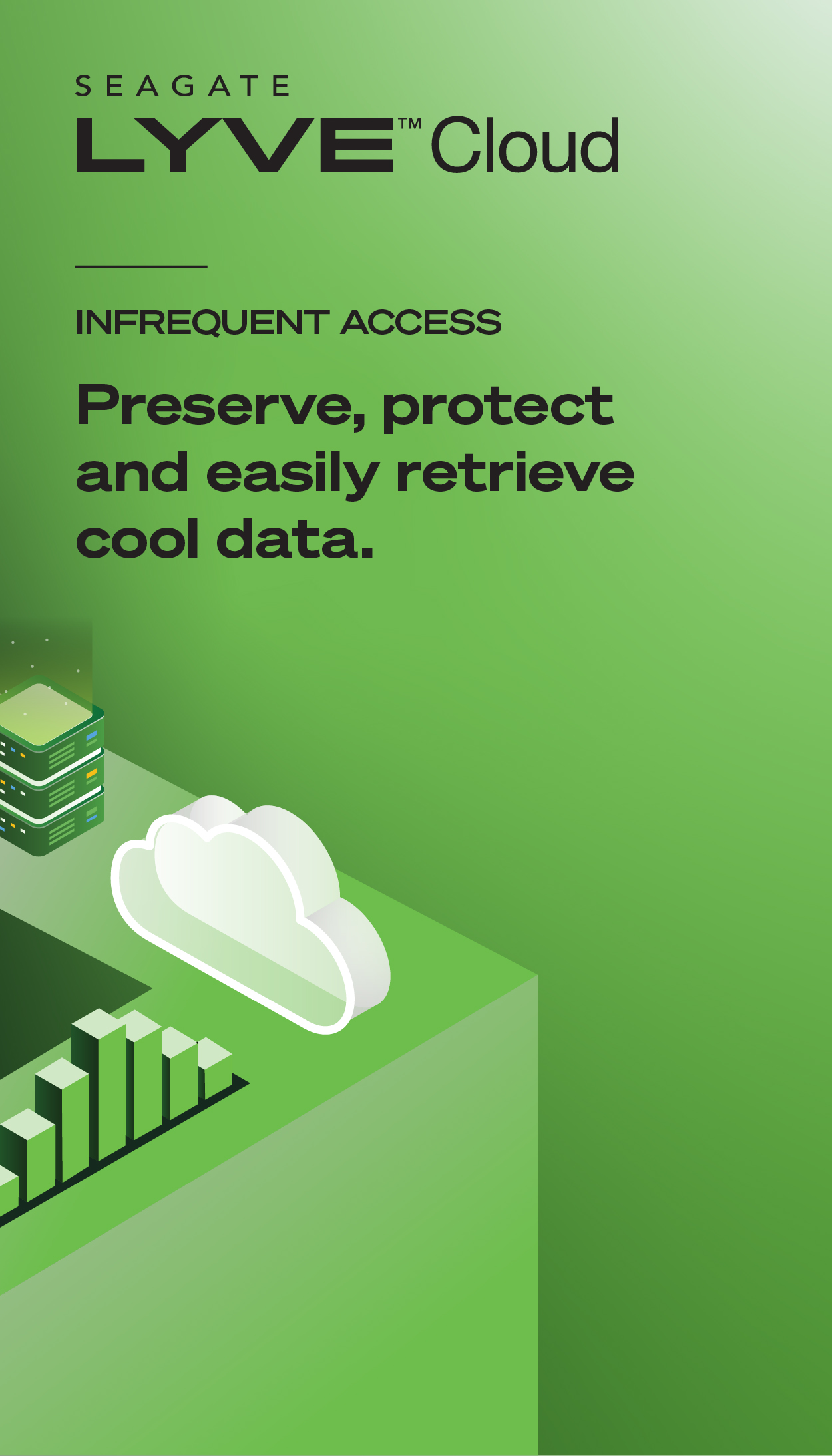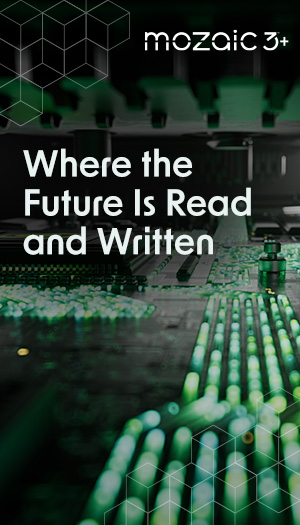A system loses recognition of a CD-ROM or DVD-ROM after a hardware or a software modification.
Overview:
There are three different types of CD-ROMs and DVD-ROMs:
- IDE - an IDE CD-ROM or DVD-ROM connects to either a sound card with an IDE port, or to a standard IDE interface port.
- SCSI - a SCSI CD-ROM or DVD-ROM attaches to a SCSI Host Bus Adapter (HBA).
- Proprietary - a proprietary CD-ROM or DVD-ROM attaches to either a sound card or a separate controller card specific to the CD-ROM or DVD-ROM.
A system loses recognition of a CD-ROM or DVD-ROM after a hardware or a software modification.
- If the CD-ROM or DVD-ROM drive is not plug and play, try reinstalling the original CD-ROM or DVD-ROM software. Software drivers for a CD-ROM or DVD-ROM must be installed on the boot drive. Customers must obtain CD-ROM or DVD-ROM software drivers from the computer or CD-ROM or DVD-ROM manufacturer if software drivers are not available.
 Contact the computer or CD-ROM or DVD-ROM manufacturer if all of the following suggestions were attempted and failed to resolve recognition problems.
Contact the computer or CD-ROM or DVD-ROM manufacturer if all of the following suggestions were attempted and failed to resolve recognition problems. - Timing issues may also be seen between hard drives and a CD-ROM or DVD-ROM connected on the same interface (ribbon) cable. Users may have to reverse the roles or separate the devices on different interface ports or controller cards.
 Role reversal is ONLY applicable if the devices are connected to a secondary IDE (ATA) interface port or controller card.
Role reversal is ONLY applicable if the devices are connected to a secondary IDE (ATA) interface port or controller card.
Check termination and drive addressing for conflicts if the CD-ROM or DVD-ROM drive is a SCSI device. - Some Third Party Software Utilities have the ability to "hide" drive letters. Reference Third Party Software documentation for associated issues and troubleshooting tips.
Additional Notes:
The same hardware issues encountered with hard drives (e.g., cabling/connection problems, improper jumper settings, IRQ conflicts, etc.) may also be found with CD-ROMs or DVD-ROMs. The user must assess these suggested resolutions when troubleshooting a CD-ROM or DVD-ROM recognition issue.
My hard drive was C: and my CD-ROM drive was D:. I added a new slave hard drive and lost my CD-ROM drive. Where did it go?
- Your CD-ROM is not lost; it simply had its drive letter taken by a device with a higher priority. Drive letter assignment is dynamic, meaning DOS hands out its drive letters on-the-fly each time it boots. In a hypothetical system with two ATA ( IDE ) drives (the slave drive has two equal sized partitions), one SCSI hard drive, one CD-ROM drive, and a RAM drive, the logical drive letter assignments would be as follows:
- Every device in your computer has a priority. Devices that are set up via the system BIOS Interrupt 13 have the highest priority and get letters assigned first. That is why the bootable floppy drive is A:, the non-bootable floppy drive is B:, the bootable primary partition on the first hard drive is C:, and the non-bootable primary partition on the slave ATA hard drive is D:.
- The next priority goes to devices set up with BIOS driven controllers, such as SCSI drives, which use the standard Interrupt 13 hard drive commands. If a DOS primary partition type is found, it will receive the next available drive letter, which is E: in our case. When all the DOS primary partition types are found, each of the hard drives is checked for extended partitions, which could be divided into several logical drive divisions. In our example, only one logical drive is defined in the extended partition. Therefore, the next drive letter, F:, gets assigned back to the slave ATA hard drive.
- The next priority is for devices controlled by "block mode" drivers loaded from the CONFIG.SYS; most CD-ROMs fall in this category. RAM drives, Parallel Port drives, and Double Spaced or Stacked drives also fall into this category. Since the CD-ROM device driver is loaded first, it gets the drive letter G:, and the RAM drive is assigned H:.
- When you add a new device, it will get the next available letter following the above mentioned priority assignment, whether or not that letter is in use by another device. The displaced device will pick up the next available drive letter, and all associated drivers for the displaced device must be reconfigured.
Disclaimer: This document is provided as is without any warranty of any kind, either expressed or implied. In no event will Seagate Corporation be liable to you for any damages, including any loss of profit or savings, arising out of the use or inability to use the information contained in this Document. Seagate Corporation makes no representations or warranties with respect to the contents hereof and specifically disclaims any implied warranties of merchantability or fitness for any particular purpose.










